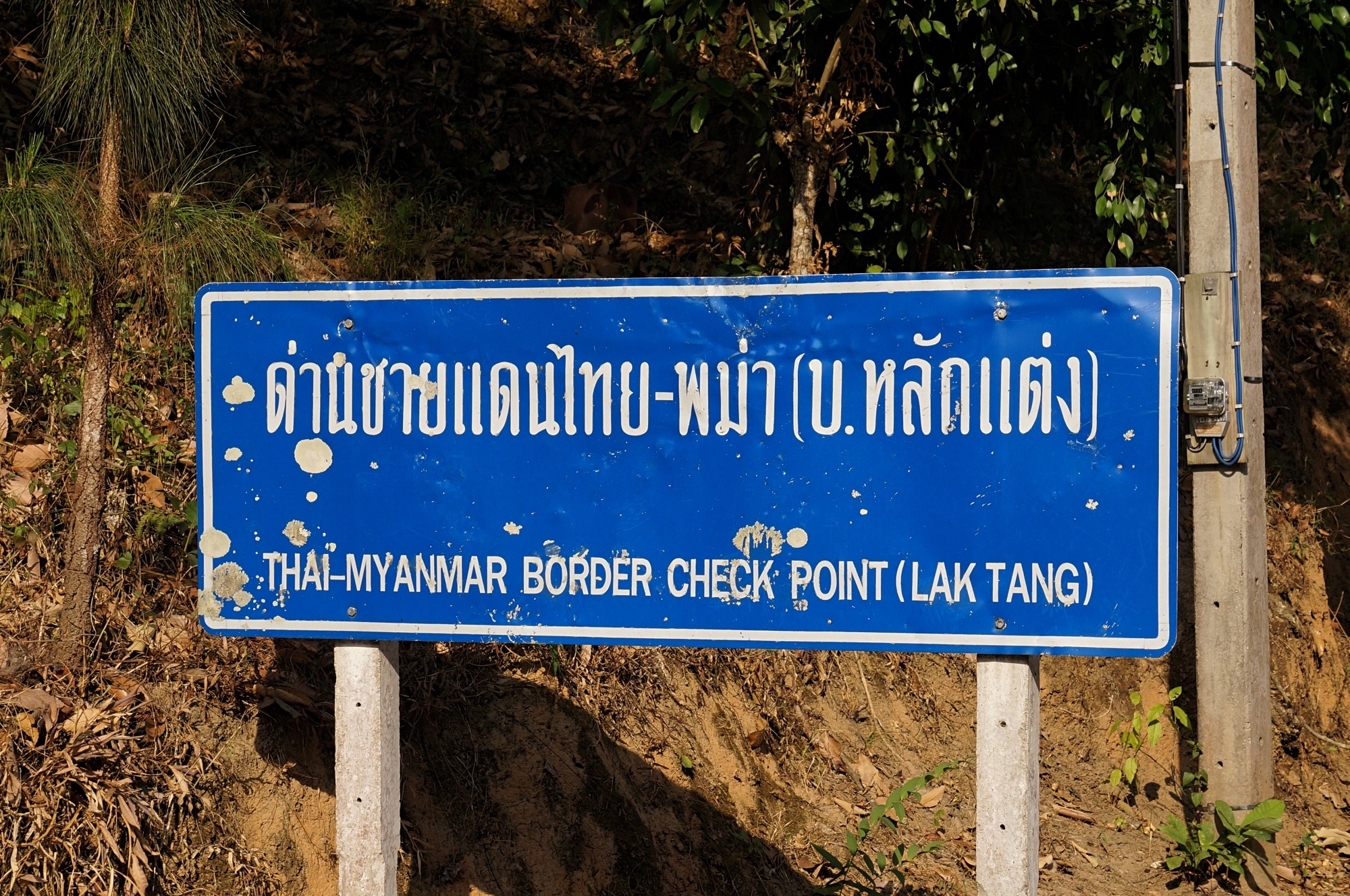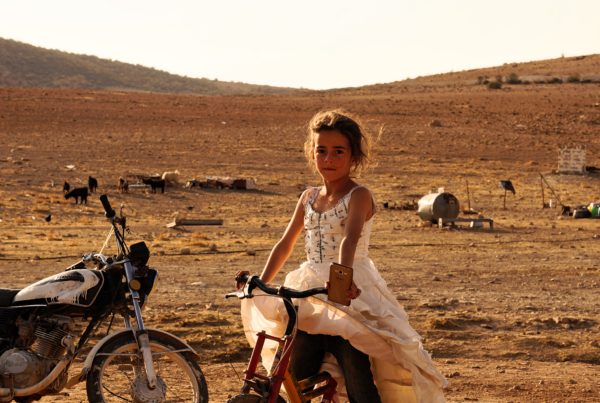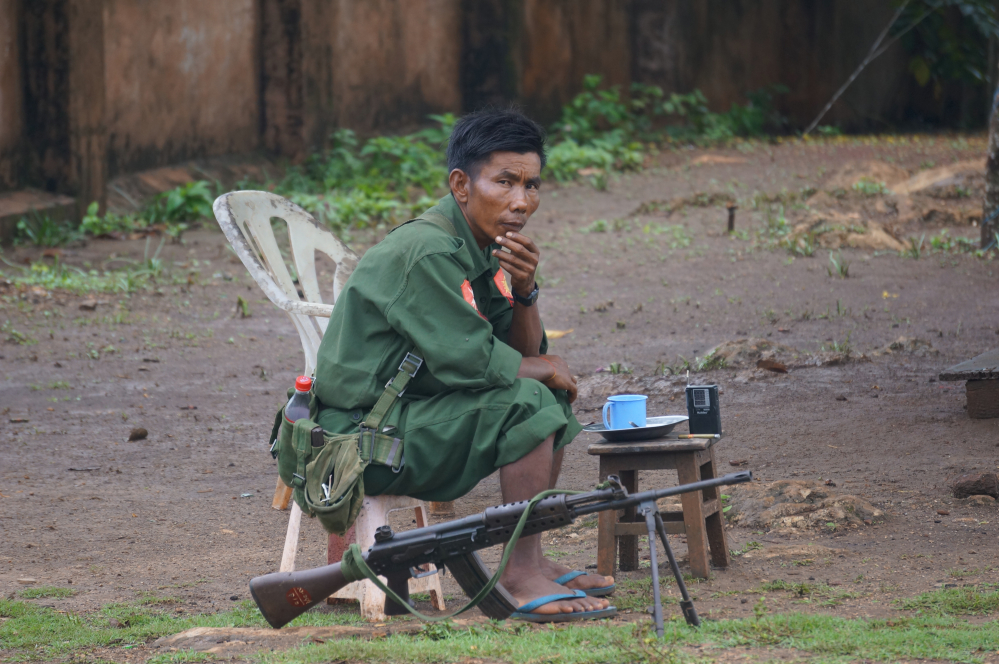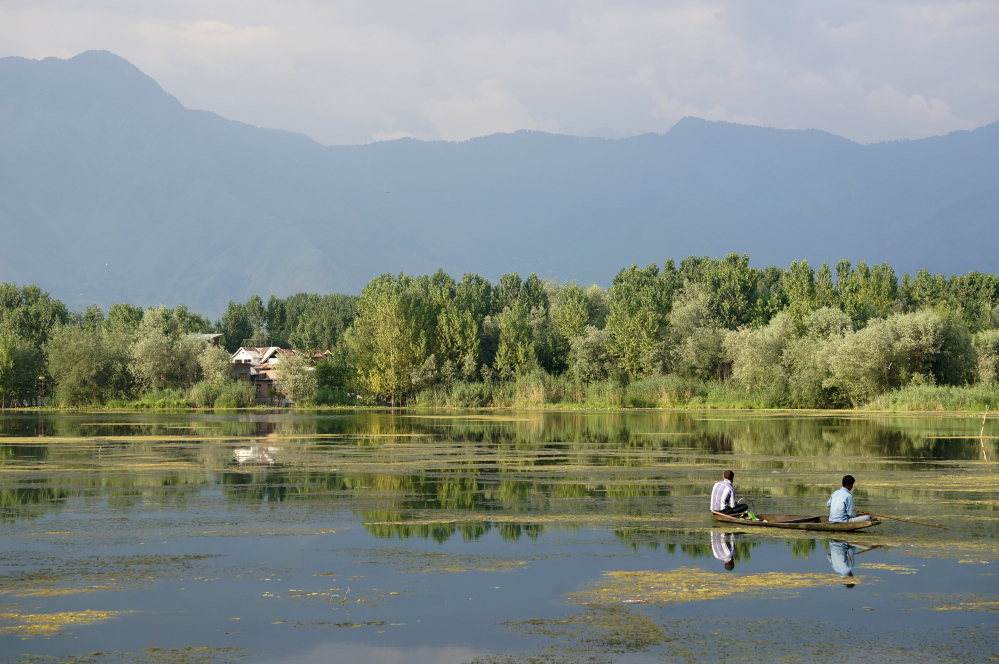I walk across ‘Friendship Bridge’ and cross the Moei River into Myawaddy, Burma. It is easy to enter Burma from the Thai city of Mae Sot, as long as you have a visa. Airport visas for Burma can be purchased online; however, if you want to cross the border by land it’s not so simple. I bought my visa from a travel agent in Chiang Mai and it was processed within a few days.
Border towns have the power to dispel the myth of nation states and the imaginary lines that divide people. On borders people can often be cross-cultural and cross-lingual. They may have family either side of the border. Yet this can often be where people become most nationalistic. Most protective of their land, their culture, and their way of life.
The change between Mae Sot and Myawaddy is remarkable: teeth turn to red on the Burmese side, stained from betel juice; the streets are chaotic; the air feels hotter; the people change appearance and speak a different language. Instead of withdrawing money from an ATM, I get a better deal exchanging cash with the street hawkers. The man who stamps my passport offers me an exchange rate which I later find out is sub-par. I shop around and get a good deal. The road to and from Myawaddy runs one way on alternate days: up to Myawaddy one day and down to Yangon the other. Thankfully I have arrived on a day I can leave Myawaddy. As far as I can tell there are no buses to my next destination, Hpa An; just cars filled to the boot with people. I am expected to pay for a seat in a car. Every car offers a different deal and again I shop around and find a price I’m happy with.
The trip is hot and sweaty, and takes far longer than I expected. The driver has generously offered me the front seat. I later learn that the front seat is more expensive than the other seats. We stop at ten or more military checkpoints manned by swarthy-looking soldiers shouldering rifles. At each checkpoint the driver pays a bribe. There is nothing official about the process. I am told that the road we are driving on is not open yet so if cars want to use it they have to bribe the military. The alternate route takes hours longer. At one checkpoint, a soldier with a twitchy eye demands more money and the driver has to pay. I take my camera out along the drive and the driver smacks it out of my hand and mimes that the soldiers will take it. At another checkpoint, a soldier stares at me and shouts something at me. The driver looks panicked but nothing more is said.
In the space of ten hours, the mood has been set. Burma is referred to as a union but this is a myth. The country has been plagued by civil war ever since federation in 1948 and not just one civil war but many. Burma can boast ‘ownership’ of the longest standing civil war in the world, a conflict that started in the Karen state in 1949, just one year after Burmese independence from British colonial rule. Ethnic liberation armies in various states have been at war with the federal government since 1962 when General Ne Win took control of the country with a coup d’état. There are too many ethnic liberation armies to list them individually here. Until November 2015, Burma was a country ruled by a former general under a parliament that allotted 25 per cent of seats to unelected military officials. Ethnic violence in the Rhakine state between the Arakanese Buddhists and the Muslim population, who identify ethnically as Rohingya, has left the two ethnicities and the state divided. This tension is managed by the Burmese military, which has been accused of complicity in the violence and discrimination against the Rohingya population. Meanwhile ethnic Arakanese militias are also in conflict against the national military. These conflicts have led to thousands of deaths, human rights abuses and people fleeing Burma to seek refuge.
The complexity of Burma can be best explained in its diversity. Officially, the country encompasses eight main ethnic groups, which the government has further divided into 135 different indigenous ethnic groups. The main ethnic group is the Bamar who account for more or less two thirds of the Burmese population. However, each of the minority ethnic groups boast a rich history and strive to be independent. It is easy to point a finger at British colonialism which did so much damage in south Asia; however, the region has always been a country at conflict from foreign nations and empires trying to exert control over the ethnic groups. Is this not the history of the world?
In recent years, Burma has become more accessible to tourists. It is a country that can proudly advertise the ancient temples of Bagan, the fishermen of Inle Lake, the Shwedagon Pagoda in Yangong and much more. However, as I travel throughout Burma I will discover the human rights abuses have not stopped despite the increase of foreign attention on the nation.



